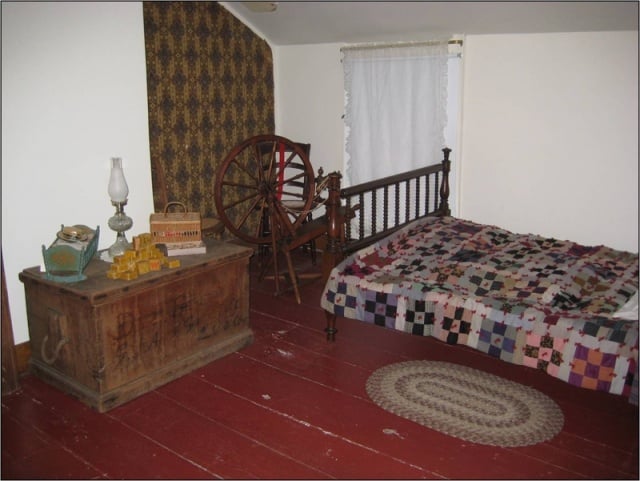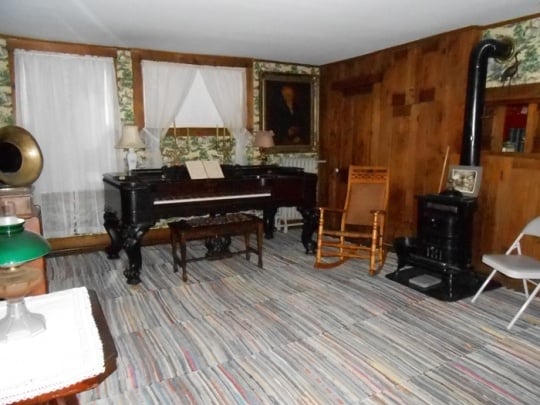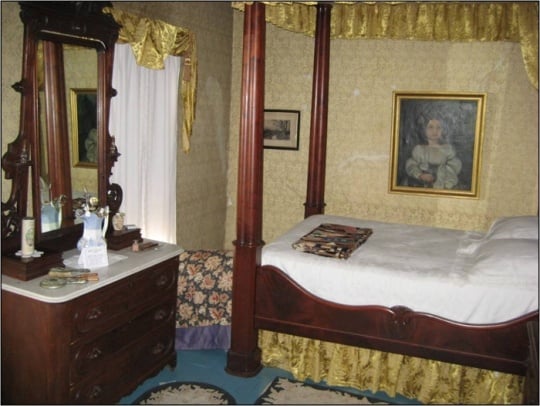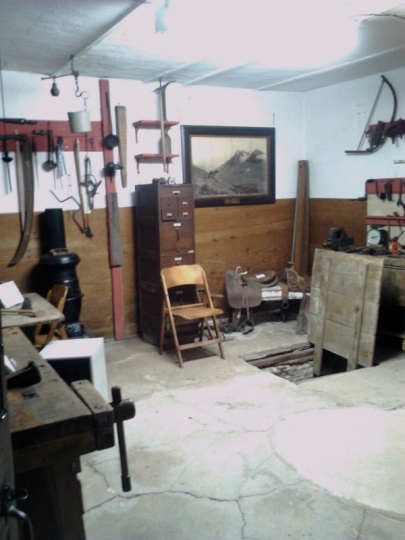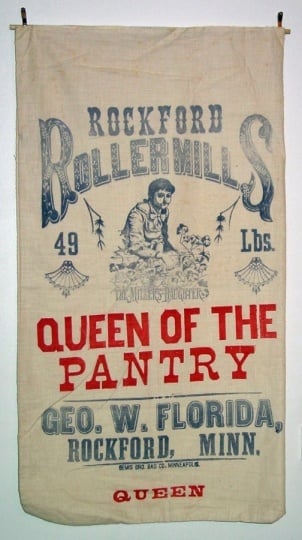Ames-Florida-Stork House, Rockford
Creator:
Kristann Strobel
Contributor: Rockford Area Historical Society
The Ames-Florida-Stork House, 2013. From the photograph collection of the Rockford Area Historical Society. Used with the permission of the Rockford Area Historical Society.
.
Bibliography
Curtiss-Wedge, Franklyn. History of Wright County, Minnesota. Chicago: H. C. Cooper Jr., 1915.
Hubler, Mouraine Baker. Rockford: The Way it Really Was. Rockford: Elmwood Cemetery Association, 1985.
Chronology
1855
George Ames and his brother-in-law, George Florida, along with their business partner, Guilford D. George, choose a site on the Crow River—the future village of Rockford—for their milling business.
1855
Guilford George winters in Rockford, holding land for himself, Ames, and Florida.
1856
Ames and Florida move to Rockford from Illinois with their extended families.
1857
Ames, Florida, and George build a dam at Rockford on the Crow River to increase milling production.
1858
Minnesota becomes a state.
1861
Ames builds a “retirement” home, later to be known as the Ames-Florida-Stork House, overlooking the mills.
1878
Ames retires in ill health and sells his house and business interests to his nephew, George Florida.
1881
The village of Rockford, Minnesota, is incorporated.
1910
The Florida family builds a garage on the south side of the house.
1912
The Florida family adds a new kitchen and dining room to the house, giving it an L shape.
1937
Clinton and Meda Stork of St. Paul buy the Ames-Florida House from Jessie Florida, one of George Florida’s sisters and his last living relative.
1986
An anonymous donation allows the City of Rockford to purchase the house from Meda Stork.
Bibliography
Curtiss-Wedge, Franklyn. History of Wright County, Minnesota. Chicago: H. C. Cooper Jr., 1915.
Hubler, Mouraine Baker. Rockford: The Way it Really Was. Rockford: Elmwood Cemetery Association, 1985.









